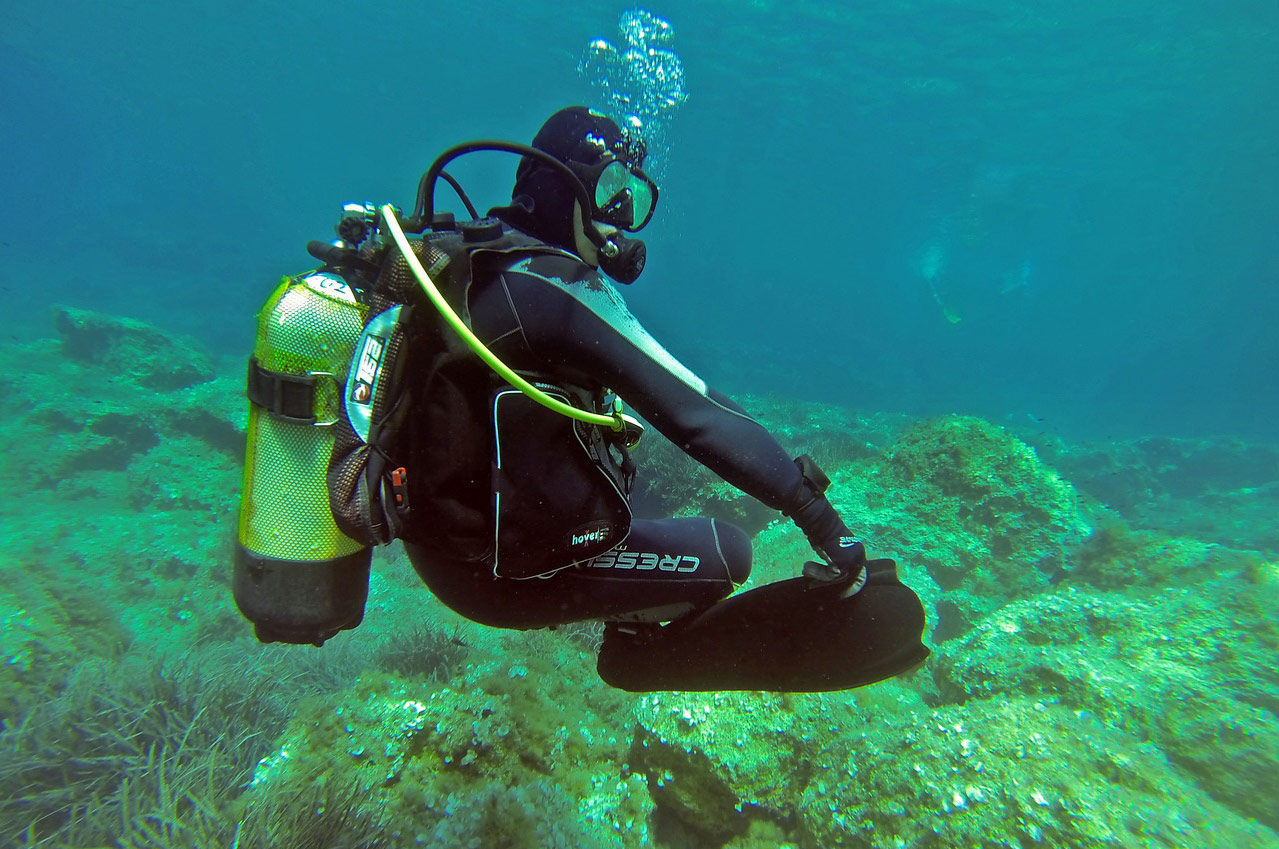
Oxygen Systems Used Underwater and in the Sky!
Oxygen Systems and Tanks
The oxygen we breathe is vital to our everyday lives, but can be even more crucial for those who can’t breathe on their own or need assistance doing so. Oxygen tanks are commonly used in the medical fields to aid patients with breathing complications. Some other uses of oxygen systems and tanks include: oxygen therapy, welding torches, emergency oxygen tanks for first aid kits and making different chemical compounds. For situations lacking breathable oxygen like underwater and high altitudes, specialized equipment and air tanks are needed.
Scuba Diving
Scuba diving can be a fun and exhilarating underwater adventure, but making sure you have the right equipment and tank is crucial to your diving experience. SCUBA stands for Self Contained Underwater Breathing Apparatus and it is the most important element of your aquatic exploration.
Scuba cylinders are made of aluminum or steel and come in a variety of sizes depending on the type of dive you are planning to take. They store different high pressure breathing gases based on how deep you are planning to dive and to reduce symptoms caused by diving deeper in the ocean. Compressed air is the most common gas used for recreational diving which is composed of 78% nitrogen and 21% oxygen, while Nitrox, Trimix and Heliox gas mixes are used for technical diving in deep waters.
Scuba regulators are needed to inhale the compressed air. They are attached to the cylinders and allow you to breathe the air from the tank. Breathing directly out of the tank would damage your lungs due to oceanic pressure. Regular hydro testing and inspection at your local dive shop is also required for scuba cylinder tanks for safety. In case of decompression sickness or any complications, divers have small emergency oxygen tanks on board for stabilization if needed. In order for humans to have a safe and fun underwater experience, making sure you have the right tank and air supply is essential for a successful dive.
Aviation
Oxygen makes up about 21% of the air we breathe. It is enough to sustain life on Earth, but at higher altitudes, humans require extra oxygen due to the reduced density in the air and higher pressure. If you’ve flown on a commercial airline, you’ve watched the crew’s safety demonstration. In case of an emergency like the loss of plane cabin pressurization, air masks will drop from the panel above your seat to provide oxygen. This emergency system will then provide oxygen from a central oxygen supply tank or through a chemical oxygen generator. The chemical oxygen generator mixes a variety of chemicals together including sodium chlorate and others to create breathable air.
Central oxygen tank systems, are often stored in the cargo section of the plane and will provide oxygen to individual oxygen masks. It is essential to keep the tanks stored properly and as dry as possible. If there is moisture in the tanks, oxygen can expand and freeze due to the high altitude pressure. This causes ice particles to form which can clog the oxygen systems and can be very dangerous.
Proper handling and safety of these tanks is a very important part of the aircraft inspections before take off and are essential in providing a safe flight for all passengers. Very similar oxygen systems are also used in military jets for pilots when flying above 15,000 feet. The systems used are called Aviator Breathing Oxygen (ABO) and the air can be stored in both low and high pressure cylinders on aircrafts.
Conclusion
Having the right oxygen systems and gas supply are crucial when embarking on any underwater or flight excursion. Our expert team at Air Source Industries ensures you have all the right equipment within standard regulations and supplied with the highest quality oxygen. Ask us about oxygen tanks by calling our experts at (562) 426-4017 or get a quote online.

